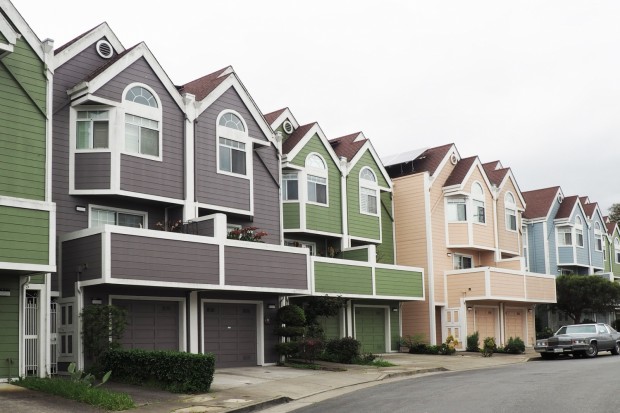The financing provisions of California's Accessory Dwelling Units (ADU) legislation encourage affordable home construction in the state. On an annual basis, this legislation undergoes revisions to conform to newly implemented regulations by the local government. Check out the new changes implemented this year, making it easier for homeowners to construct ADUs on their current properties.

New Laws of ADU
ADUs are referred to by various names, including accessory dwelling units, backyard dwellings, casitas, granny flats, in-law units, second units, and other similar terms. However, regardless of the name you give them, these are real estate properties situated on the same parcel of land as another residence.
For homeowners in California, ADUs are an excellent method to increase the state's housing supply, provide a place to live for a caretaker or family member and generate rental income. Also, the California State Legislature recently passed laws to make constructing an accessory dwelling unit (ADU) on your property far more straightforward.
1. Assembly Bill 976
In October, Gov. Newsom approved a state ADU law modification that revoked local agencies' authority to impose owner-occupancy restrictions for newly developed ADUs and required 30-day rental agreements.
The deadline for this exclusion is December 31, 2024. ADUs approved between January 1, 2020, and December 31, 2024, may not be subject to a retroactive owner-occupancy requirement by local city and county governments.
2. Assembly Bill 1033
The Napa Sonoma ADU Center director, Scott Johnson, observed that October's AB 1033 permits ADUs to be leased as condominiums, enabling affordable homeownership.
He also noted that local agencies set the standards for converting ADUs into condos. Therefore, homeowners may be entitled to purchase, rent out, or sell every unit on their property based on the rules that regulate the situation.
3. Senate Bill 897
A January 2023 housing measure imposed minimum ADU height limits and allowed two-story units in specific regions. All of the standards that are enforced on ADUs must be objective, according to SB 897. It is made clear by the legislation that an objective standard does not include any personal or subjective judgment on the part of a public official and that it may be verified consistently.
4. Senate Bill 4
On October 11, the landmark Affordable Housing on Faith Lands Act was passed, which ensures that churches, faith institutions, and nonprofit colleges would be permitted to construct housing that is 100% affordable on their grounds. In addition to rezoning the site, it guarantees that neither the California Environmental Quality Act nor the political procedures at the municipal level can be abused to thwart the implementation of these affordable housing developments.
Also Read: Architectural Creativity: How Indoor Public Spaces Shape the Artistry of Interior Design
Requirements for Building an ADU
Building an ADU in California requires a minimum of 150 square feet of area. In most cases, this is about equivalent to the size of a studio apartment or a small bedroom. Accordingly, ensure you have sufficient space to fulfill this minimum requirement if you consider adding an ADU to your property.
Local governments can also establish a minimum and maximum unit size through an ordinance for attached and detached ADUs. However, the whole unit size is equal to or greater than 850 square feet, and apartments with over one bedroom must be at least 1,000 square feet long.
Moreover, new detached units can be up to 1,200 square feet, and attached ADUs can be up to 50% of the main house's area in governments without ADU laws. On the other hand, it is essential to remember that this may vary depending on the city or jurisdiction in which you reside, as not all municipalities may simultaneously adopt statewide ADU legislation.
Related Article: $471 Million Government Grant Unleashes the Construction of 11,780 New Homes in Toronto







